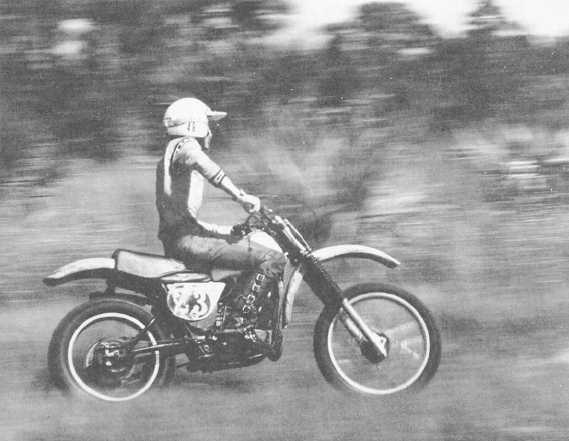PH3 Tim O’Neill
302.95
Figure 5-20.–Blurred background creates subject separation.
FOREGROUND
A large percentage of otherwise good pictures is
ruined, because they include unnecessary or distracting
foreground. This common fault can result from the
photographer standing too far away from their subject
when they take a picture, or the fact that normal focal
length or standard lenses cover a relatively wide angle
of view.
Undesirable foreground can be eliminated by
moving in closer to the subject, by making pictures with
a longer than standard focal-length lens, or by changing
viewpoint or camera angle. Many already existing
pictures can be improved by enlarging only a section of
the negative and by cropping out meaningless or
distracting foreground. In most cases, the foreground
should be sharply focused and of sufficient depth to
furnish substantial support for the subject. No object in
the foreground should ever be so prominent that it
distracts from the subject. You should clear the
foreground of items that have no connection with the
picture. The ultimate example of carelessness on the part
of the photographer is to leave his or her camera case
where it shows in the picture. Generally, the foreground
contains the leading line that is the line that leads the eye
into the photograph and toward the point of interest.
Whether this line is an object or series of objects or
shadows, it should be sharply focused. A fuzzy,
out-of-focus foreground usually irritates the senses and
detracts from emphasis on the subject matter.
BACKGROUND
The background is almost as important an element
in good composition as the camera angle. Too often it is
overlooked when composing a scene since the
photographer normally gives so much attention to the
subject. Be particularly observant of the background to
see that it contains nothing distracting. A tree or pole that
was unnoticed in the distance behind a person when
composing the scene may appear in the photograph to
5-22


